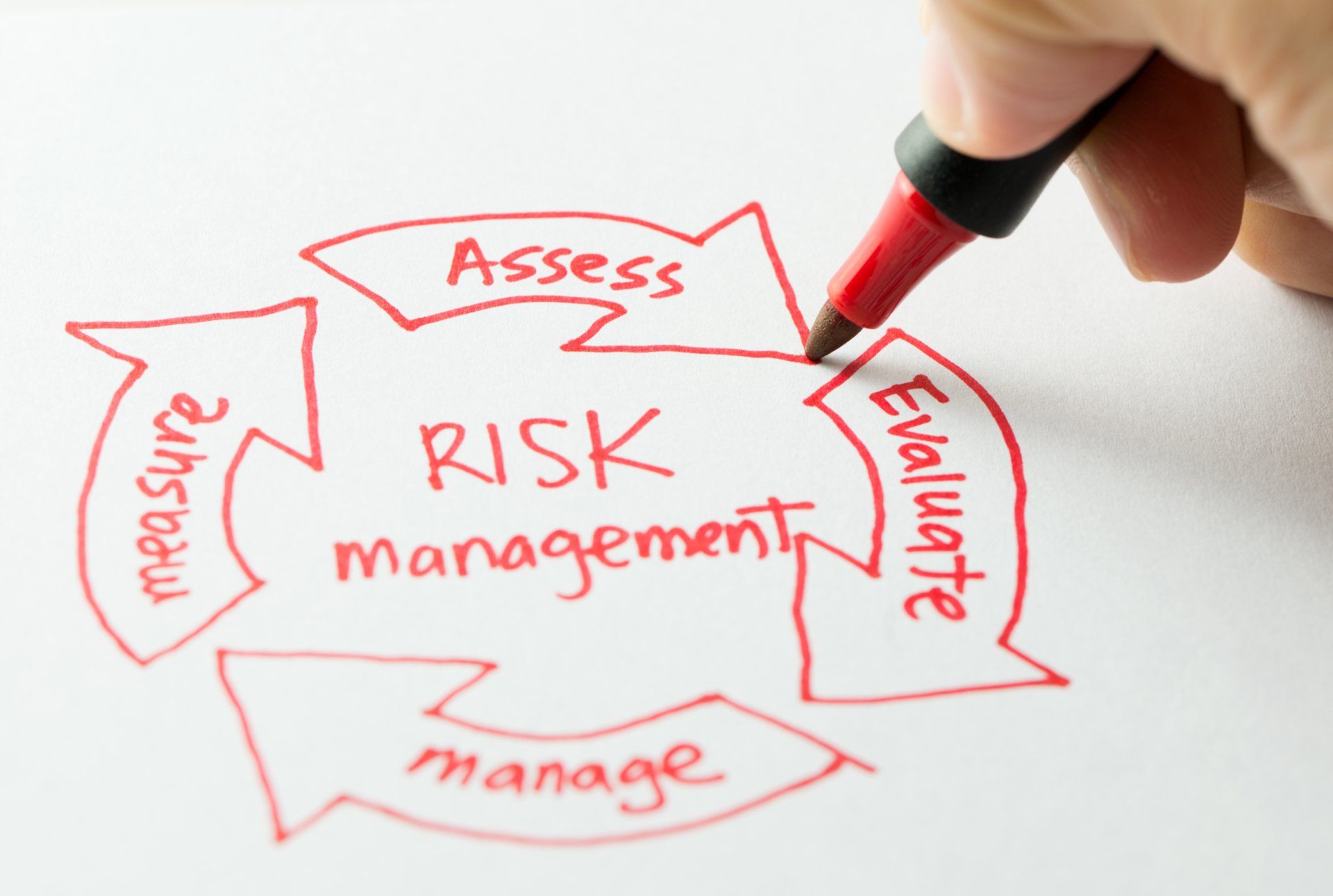HOSPITALITY
Hospitality is one of the most important industries to the UK economy. We understand the pressures this industry is in and we provide the highest quality fire risk assessments to ensure you are fully covered under the Regulatory Reform (Fire safety) Order 2005
Book Your Assessment
Drop us a line and we’ll get back to you!
High Quality
Suitable
Sufficient
The benefits of using G.F. fire Solutions as a hospitality venue are:
Fast turnaround of risk assessments
Group discounts for multiple premises
Risk assessments are fully compliant with insurance requirements
Suitable for other local authority licences
Ongoing support available as your competent person

INDEPENDENT FIRE
RISK ASSESSORS
With our team of specialists, we offer you only the best when it comes to Fire Risk Assessments. Get in touch with G.F Fire Solutions today.
Fire Risk Assessments
Within the M25 & surrounding areas.
Fire Risk Assessment Frequently Asked Questions (FAQ's):
We’ve listed out some of the questions we frequently get asked about our fire risk assessment service. If you have any other questions, feel free to get in touch.
The official legislation about Fire Risk Assessment requirements for different types of premises are listed below:
6.—(1) This Order does not apply in relation to —
(a)domestic premises, except to the extent mentioned in article 31(10);
(b)an offshore installation within the meaning of regulation 3 of the Offshore Installation and Pipeline Works (Management and Administration) Regulations 1995(1);
(c)a ship, in respect of the normal ship-board activities of a ship’s crew which are carried out solely by the crew under the direction of the master;
(d)fields, woods or other land forming part of an agricultural or forestry undertaking but which is not inside a building and is situated away from the undertaking’s main buildings;
(e)an aircraft, locomotive or rolling stock, trailer or semi-trailer used as a means of transport or a vehicle for which a licence is in force under the Vehicle Excise and Registration Act 1994(2) or a vehicle exempted from duty under that Act;
(f)a mine within the meaning of section 180 of the Mines and Quarries Act 1954(3), other than any building on the surface at a mine;
(g)a borehole site to which the Borehole Sites and Operations Regulations 1995(4) apply.
The above legislation states that that every type of building is covered by The Regulatory Reform (Fire Safety) Order. So if you’re responsible for any building, you are required to conduct fire risk assessments on a “regular basis”.
During their visit the fire risk assessor will aim to gather all the information they need to construct a detailed report outlining instances where fire safety legislation has been breached. To be able to do this they will need to take photographic evidence of the breaches in safety they have seen as well as take notes to help them in writing their report.
They will likely want any available information which can be provided about the day to day operations of a given area, information about emergency procedures followed, safety records etc.
They will finish their visit by having a discussion with the responsible person talking through some of the risks they have found, and allow the responsible question to ask any questions. But the report will outline the action plan and risks in more detail.
After the visit, a report will be prepared along with an action plan which will be sent to the responsible person – if the responsible person needs any help in relation to their fire risk assessment and carrying out their action plan, they will be provided with ongoing support.
The process of a fire risk assessment can generally be simplified to a 5 step process, the 5 steps of fire risk assessment are as follows:
1)Identify the fire hazards: The assessor will identify and evaluate potential sources of fire within the property, such as electrical equipment, heating systems, and flammable materials.
2) Identify the people at risk: The assessor will consider the people who may be at risk in the event of a fire, including employees, visitors, and occupants of the building.
3) Evaluate, remove or reduce the risks: The assessor will evaluate the risks identified in steps 1 and 2 and determine the appropriate measures to remove or reduce these risks, such as installing fire suppression systems or relocating flammable materials.
4) Record findings, prepare an emergency plan, and provide training: The assessor will document their findings and recommendations in a report, and may also help to develop an emergency plan for the property.
5) Review and update the fire risk assessment regularly: It is important to regularly review and update the fire risk assessment to ensure that the property remains compliant with fire safety regulations and to identify any new hazards that may have arisen since the last assessment. The frequency of review may vary depending on the risk level of the property.
The legislation does not clearly state how often you need to conduct a Fire Risk Assessment (since it will change on a case by case basis), but it can be generally applied to most people that a fire risk assessment should be conducted on an annual basis. This can change according to the size of your premises and your history of fire safety compliance.
The relevant legislation can be found listed below:
The Regulatory Reform (Fire Safety) Order 2005 states assessments should be reviewed as follows:
” Risk assessment (Article 9)
(3) Any such assessment must be reviewed by the Responsible Person regularly so as to keep it up to date and particularly if—
(a) there is reason to suspect that it is no longer valid; or
(b) there has been a significant change in the matters to which it relates including when the premises, special, technical and organisational measures, or organisation of the work undergo significant changes, extensions, or conversions,”
Failure to comply with current Fire Safety Legislation is illegal in the U.K. Whether commercial or residential, your grounds can be inspected by the authorities to assess whether you are following all relevant fire safety legislation.
They will often ask for a copy of your most recent fire risk assessment report and confirm whether or not all necessary recommendations have been followed.
If you are found to not be complying with current legislation, the law can exercise the following options:
1) Carry out further inspection of the building.
2) Enforce a mandatory Fire Risk Assessment to be conducted as soon as possible which must be taken care of by the person responsible for the building (if one is not already arranged).
3) Serve Enforcement Notice requiring the Responsible Person to take the necessary steps to achieve legislative compliance within a set time frame.
4) Serve a Prohibition Notice which can result in the closure of the premises on a temporary basis. This can either be a full or partial closure.
5) Prosecute on the basis of non compliance with fire safety legislation (Up to 2 years in prison and an unlimited fine)
The FAQ section may be out of date at the time you are reading this, so we don’t recommend using the legislation on these pages as a substitute for the official pages.





